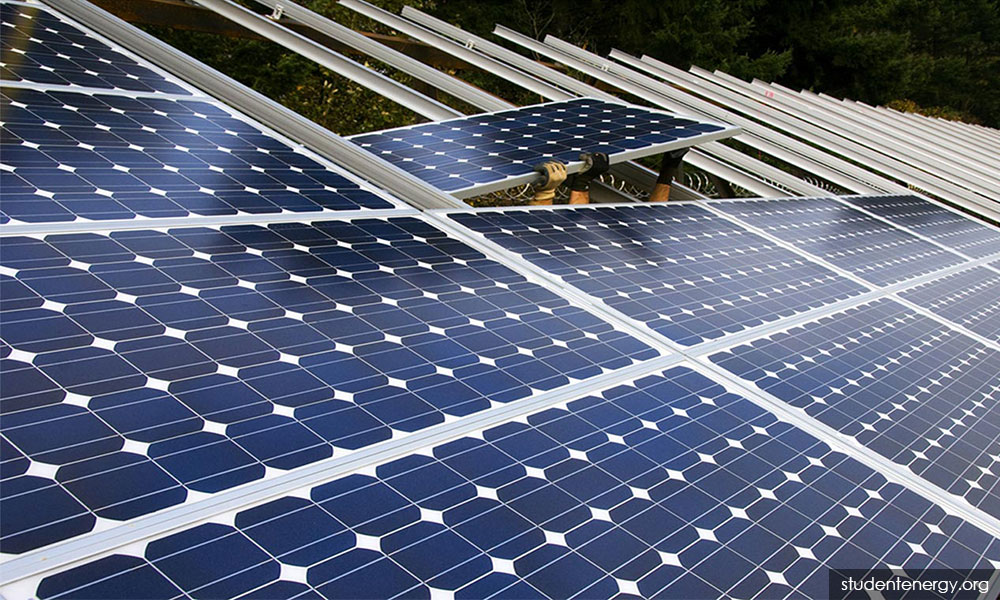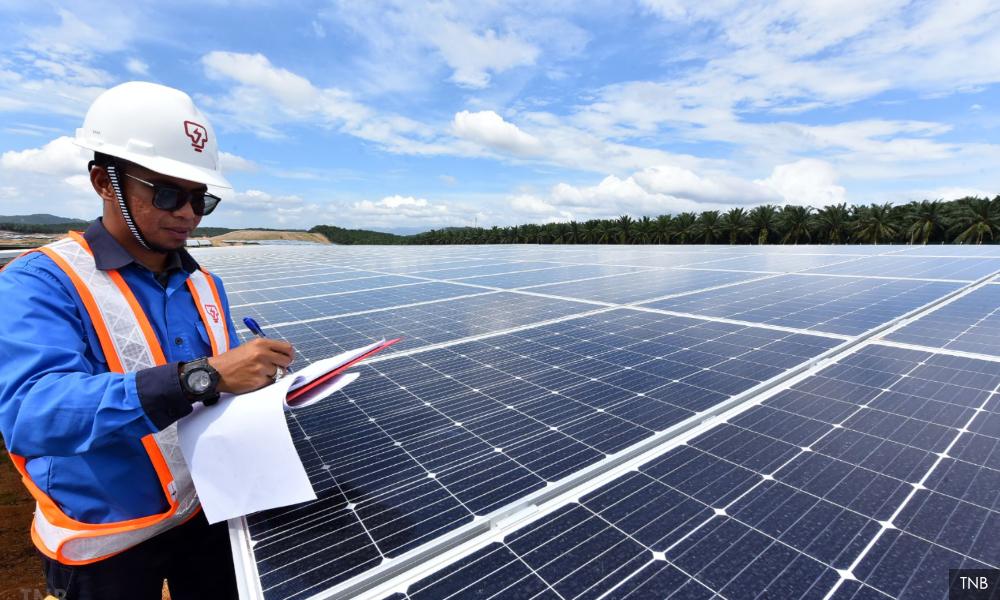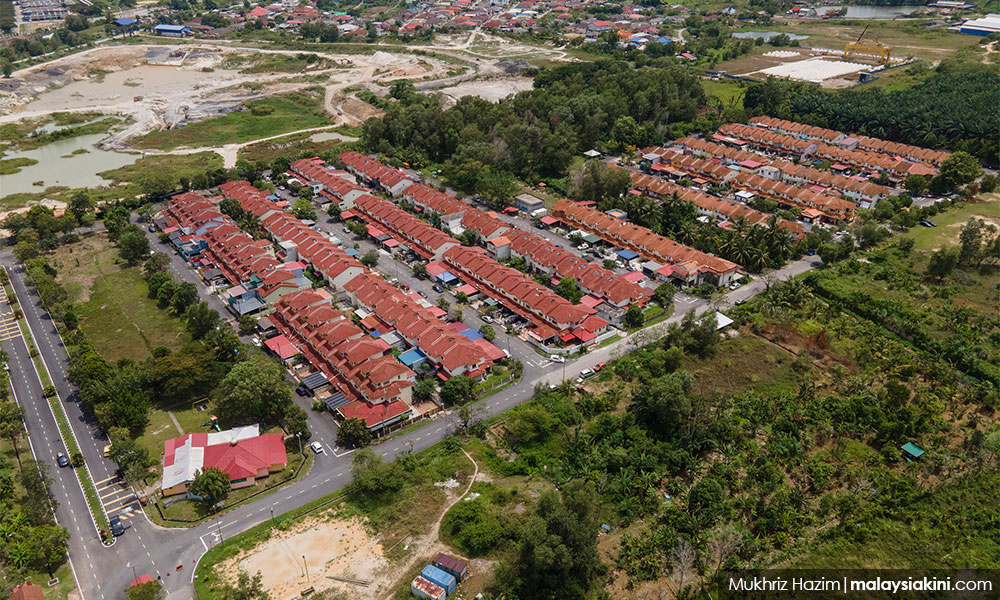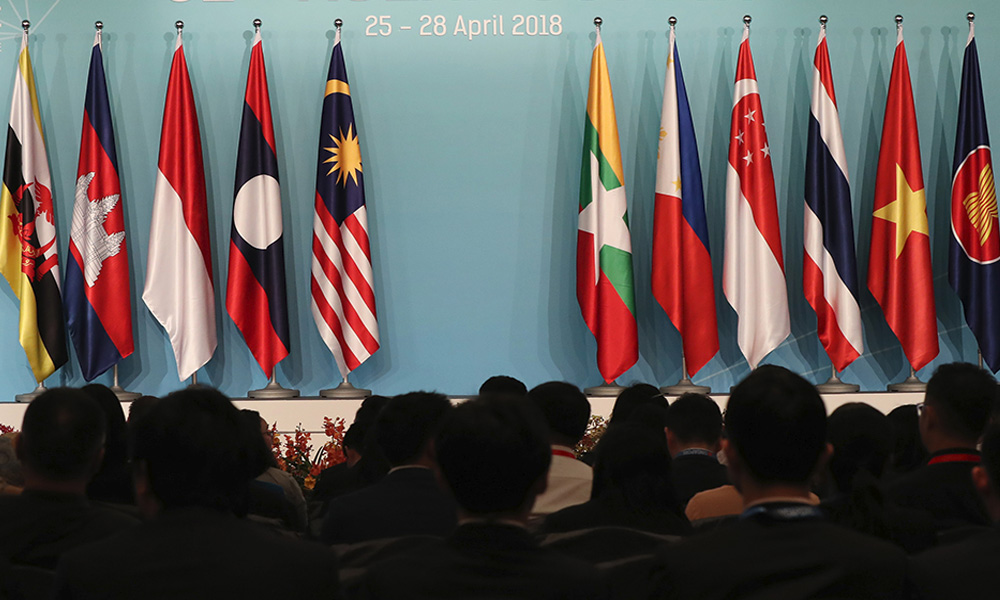MP SPEAKS | Moments like this do not happen often: A global crisis that demands urgent and serious action, an impetus to act that lies in the hands of a reformist government with political will, and a real opportunity for Malaysia to seize its one shot to be a regional powerhouse.
Our economy has not changed much in the past 10 to 15 years. Our industry base is stuck in the middle, snared by the bottom of countries taking away from our low-cost advantage, and struggling to reach higher in the value chain to compete with more advanced economies.
Our talents have migrated elsewhere to compete better and our country is more accustomed to following the crowd than leading it.
In the first month of assuming office at the Economy Ministry, one of the main tasks was to find an area of focus that would combine our existing strengths, take advantage of global megatrends, and fundamentally transform how our economy works.
The launch of the National Energy Transition Roadmap (NETR) marks an important change in our thinking.
It is not only a document that contains interim measures to meet our net-zero target. But it is a combination of strategies and initiatives that could transform our economy, livelihoods, and our place in the world.

After months of engagement, brainstorming, and securing final commitments, we will unveil Phase 1 of the NETR which contains 10 flagship catalyst initiatives that will define policy thinking and economic direction in years to come.
Transforming our economy
The NETR would help us transform our economy by opening up profitable ventures that are good for the environment and good for the economy.
Our ability to continuously rely on finite oil and gas resources is diminishing.
Frequent price shocks and a structural decline in the fossil fuel industry have made it harder for us to treat oil and gas as Malaysia’s be-all and end-all.
For the past few years, our investments in renewable energy (RE) have lagged behind our peers. Southeast Asian counterparts that started their RE projects much later than ours have matched or exceeded our installed capacity today.
A key reason for this is that past administrations have not made the RE industry a sufficiently profitable venture for businesses to undertake. In fact, a race to the bottom was normally how the industry was structured.
NETR is this administration’s effort to change the economics of RE so that we could rapidly scale up our installed capacity with the right infrastructure and technology.
Two months ago, the Ministry of Economy and the Ministry of Energy and Natural Resources (NRECC) made a few pivotal policy decisions that went under the radar.
First, we lifted the export ban of RE, with the purpose of increasing the potential yield that could be obtained by companies that participate in this transition.
Second, we announced the establishment of a central electricity exchange that will be operated by a single-market aggregator to ensure prices are fair and transparent.
To double down on our commitment, we even stretched our RE installed capacity targets by nearly two times, from 40 percent to 70 percent by 2050.

The NETR launched yesterday puts these policies in motion by introducing 10 wide-ranging catalytic initiatives that will open up investment opportunities between RM435 billion to RM1.85 trillion by 2050.
One of these projects is the integrated RE Zone that will be championed by Khazanah Nasional Berhad and carried out through a joint venture between UEM and ITRAMAS.
At one gigawatt, this hybrid solar photovoltaic (PV) power plant is the largest of its kind in Southeast Asia. The scale of our ambition has attracted high-profile global investments from major economic blocs totalling RM6 billion.
NETR also opens up the hydrogen gateway in Sarawak as it implements rounds of projects to emerge as the hydrogen hub in the country and put in place the framework of CCS (carbon capture and storage) so that catalyst projects could be implemented in these two years.
We will continue to take advantage of the declining technology cost in RE and build first-mover advantage in nascent levers, as we move our investments into these high-growth, high-value areas.
Transforming our livelihoods
Beyond this, we have also come to recognise that if we want to affect change at a national scale, we would only succeed if our policies touch people’s lives on a day-to-day basis.
Currently, the people who adopt clean solutions do so out of altruism and goodwill. Convincing a family of four to buy and install a solar panel on their rooftop for RM20,000 is still very difficult to do.

Understanding the science and data of energy transition is also out of reach to many who do not share the same sense of urgency as those who have spent decades in the utility sector.
NETR is designed to break that mould and make clean energy a financially relevant option to most households today.
We are turning it upside down. Instead of asking every household to pay for an expensive solar panel, we are offering an income opportunity.
In every home, we intend to give households the option to lease out their rooftops in return for a monthly income that could lower their electricity bills and put more cash in their pockets.
The government is taking the lead on this by allocating RM80 million for solar panels to be installed on the rooftops of government buildings.
We are also changing our old practices, where we will no longer penalise government agencies by deducting their budget from electricity savings created through solar.
Soon, we would like to see solar panels installed nationwide, covering offices, factories, multipurpose halls, and all types of buildings.
To raise this consciousness further, Malaysians could also contribute used cooking oil and waste as feedstock for biomass and biofuels as an energy lever under NETR.

Outside of homes, NETR will also be felt on the road. 10,000 charging stations will be installed along highways and commercial buildings by 2025, and the first- and last-mile of public transport will also be electrified so that we travel with cleaner energy.
With increased investments stimulated by NETR, more well-paying and high-value jobs will also be created.
The first phase of NETR alone is estimated to bring about 23,000 high-impact jobs. That means more families could afford a more comfortable and secure life, giving better education to their children and better care to their parents.
Working parents in clean energy jobs would also feel more fulfilled at impactful jobs that safeguard our children’s future. These are not just plans - they are policies in motion.
Transforming our place in the world
But there is one last thing. As a nation, we are used to falling behind and lagging behind, and when others pace ahead, we rarely think about how we could be the ones leading others instead.
With NETR, however, there is a real opportunity for us to lead Southeast Asia as the regional powerhouse in RE - only if we dare to seize it.
We have many existing advantages that set us up in good stead. Our age-old advantage of a strategic location that connects the north and south of the 687 million Southeast Asians - and the Western and Eastern economic blocs - becomes important once again as the logistics cost for RE transfer is a deciding factor.

Years of operating as an open trading economy have also made us accommodative and hospitable to many, such that we are resilient and adaptable to geopolitical changes and different partners.
Our talent pool is also mature, with years of enviable infrastructure-building experience, which puts us in a better position than our peers.
In fact, unbeknownst to many, Malaysia is ranked first in Southeast Asia, second in emerging Asia, and 35th in the world on the most recent Energy Transition Index 2023 by the World Economic Forum.
That means our current systems would prepare us well to make the transition in a comfortable, just, and inclusive manner.
Around us, we are also seeing greater convergence and cooperation in Southeast Asia that did not exist before.
The use of a special economic zone, such as the one proposed between Johor and Singapore, will also become increasingly common as more Southeast Asian leaders understand that we are stronger as one economic unit than in separate parts.

Malaysia is a key member of the Lao-Thailand-Malaysia-Singapore Power Integration Project (LTMS-PIP), the pathfinder to advance cross-border power trade among Asean member states, to advance the ambition of an Asean power grid.
The global rush to clean technology is also evident - exceeding US$1.1 trillion in 2022, overtaking investments in other technologies - and we are at the cusp where the wind blows under our wings.
That is why NETR is not just another policy document, it represents a different way of thinking about our economy and livelihoods, and also a real opportunity to find our place in the world.
As we put the pieces together leading to the launch of Phase 2 of NETR, we will be working with you to implement projects that are both good for the environment and good for the economy.
The scale of reforms that we shall put in place has only happened once or twice in our nation’s history. I hope we can continue to believe in the promise of this country, and take a chance on doing our parts to rebuild better.
Thank you for taking the time to attend our launch. I have never been more excited to see what the future holds for Malaysia.
Above is the keynote address by Economy Minister Rafizi Ramli at the launch of the National Energy Transition Roadmap (NETR) Phase 1 yesterday in Kuala Lumpur.
The views expressed here are those of the author/contributor and do not necessarily represent the views of Malaysiakini.

